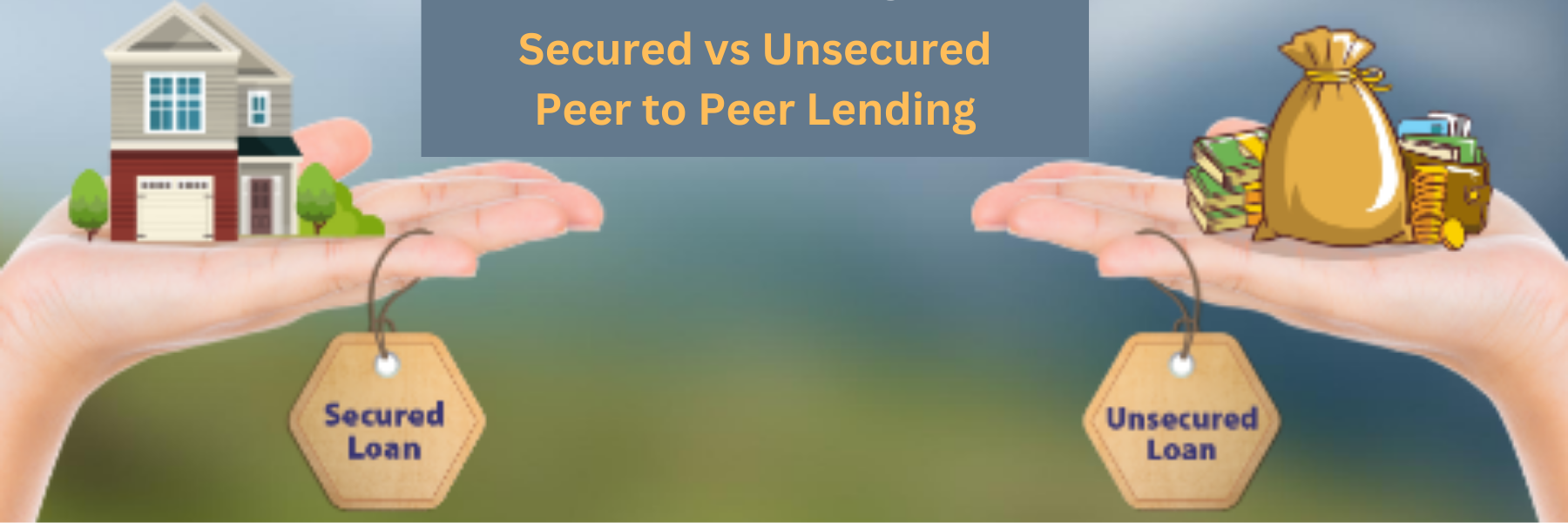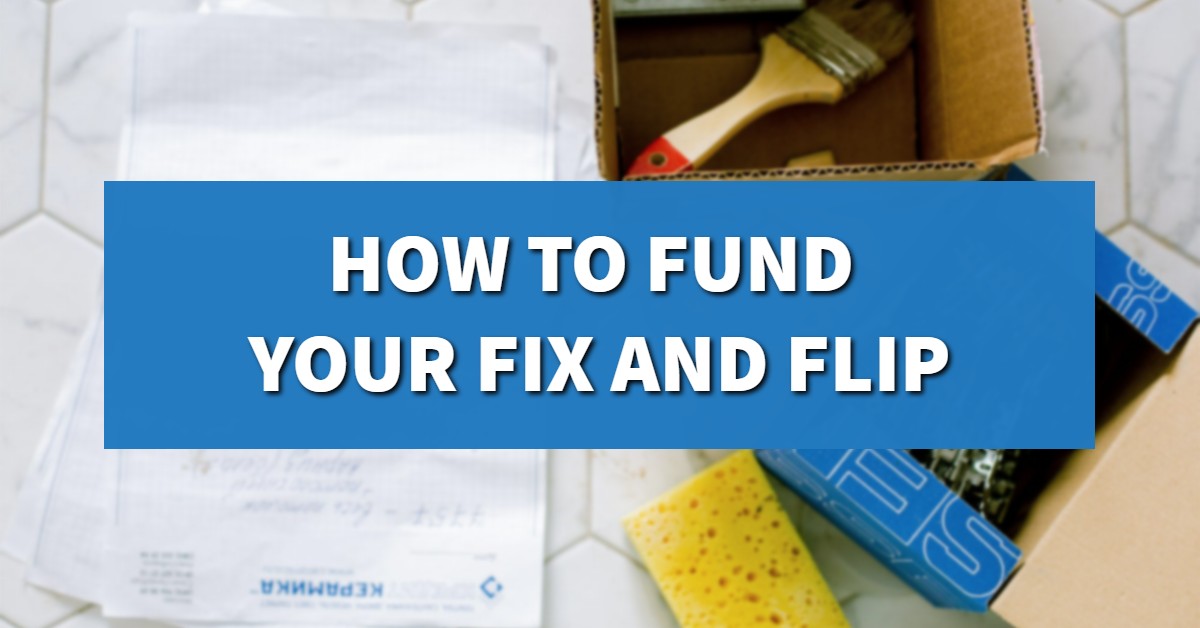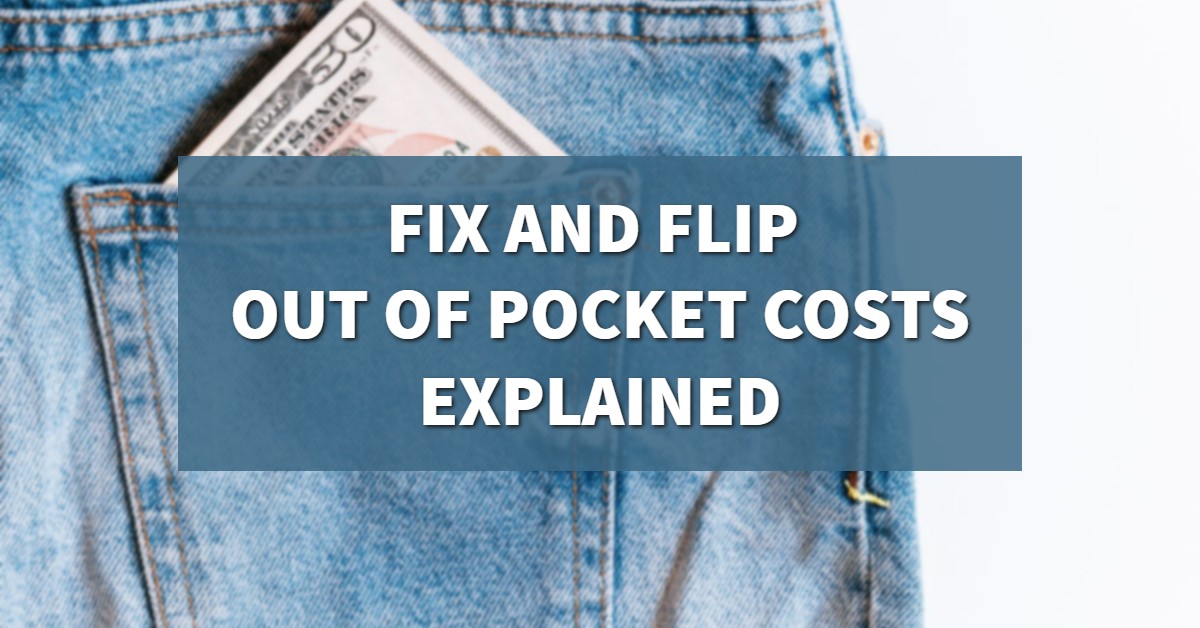70% of REI Investors Lose Money Because of THIS
I have been in real estate investing for 23 years. Within that time I’ve seen 70% of new investors lose money within the first year. Many of them purchase real estate courses for $10K to $30K in hopes of learning all of the tips and tricks. Blinded by the promise of instant success, many people don’t take the time to set themselves up properly. On the other hand, those who take things at a slower pace and follow a few simple steps, will have a better chance of winning. How can you avoid becoming part of the 70% of investors who lose money? Let’s take a closer look.
Simple steps to success.
First and foremost the most important thing that you need to focus on as a new real estate investor is taking simple steps. This includes looking at properties, finding people who can send properties to you, and securing the money you need. Here at The Cash Flow Company we recommend that you look at 200 properties, talk to 100 wholesalers, and talk to 100 lenders before you jump in to your first purchase. Those who are focused can get everything set up in a matter of weeks. While others may take longer to get set up because they can only set aside a few hours a day. By taking the time to consume and understand everything, you will set yourself up for success.
Make money instead of lose money!
Some seminars can be beneficial to real estate investing, however, that is not normally the case. Many people become wrapped up in the idea of investing without understanding all of the factors that come into play. While it’s not rocket science, you do need to work hard to set yourself up for success. Those who are new to real estate investing often get talked into taking courses. These average $10K to $30K and focus on how to fix and flip quickly and easily. Not only do you have to pay for it using credit cards, but you are encouraged to use their credit cards as well. This get rich quick method causes many to lose steam quickly because they are not talking to people in the business or looking at enough properties. While this method may work for some, it doesn’t work for most.
Take your time
Surprisingly 70% of REI investors lose money because they dive in before going through the simple steps. In doing so, investors often lose $20K to $30K, which in turn prevents them from purchasing their next property. Successful real estate investors ensure that they have 1 to 3 good deals before moving forward in purchasing more properties. Just to clarify, a good deal is one that makes money! Real estate investing is all about making money so that you can live the life you want!
Contact us today to learn more about the simple steps you need to take to be successful in real estate investing.
Watch our most recent video 70% of REI Investors Lose Money Because of THIS to discover how to get on the right path to success.










